List of India’s Highest Ramsar Wetland Sites
 VAIBHAV SHARMA
20 May, 2025
6 mins read
13
VAIBHAV SHARMA
20 May, 2025
6 mins read
13
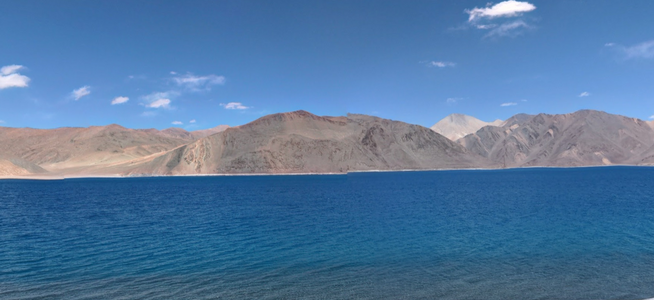
India is home to diverse and ecologically significant wetlands, some of which are located at high altitudes in the Himalayas. These wetlands are recognized under the Ramsar Convention, an international treaty for the conservation and sustainable use of wetlands. Below is a list of India’s highest-altitude Ramsar wetland sites, known for their unique biodiversity and stunning landscapes.
1. Tso Moriri Lake (Ramsar Site No. 2413)
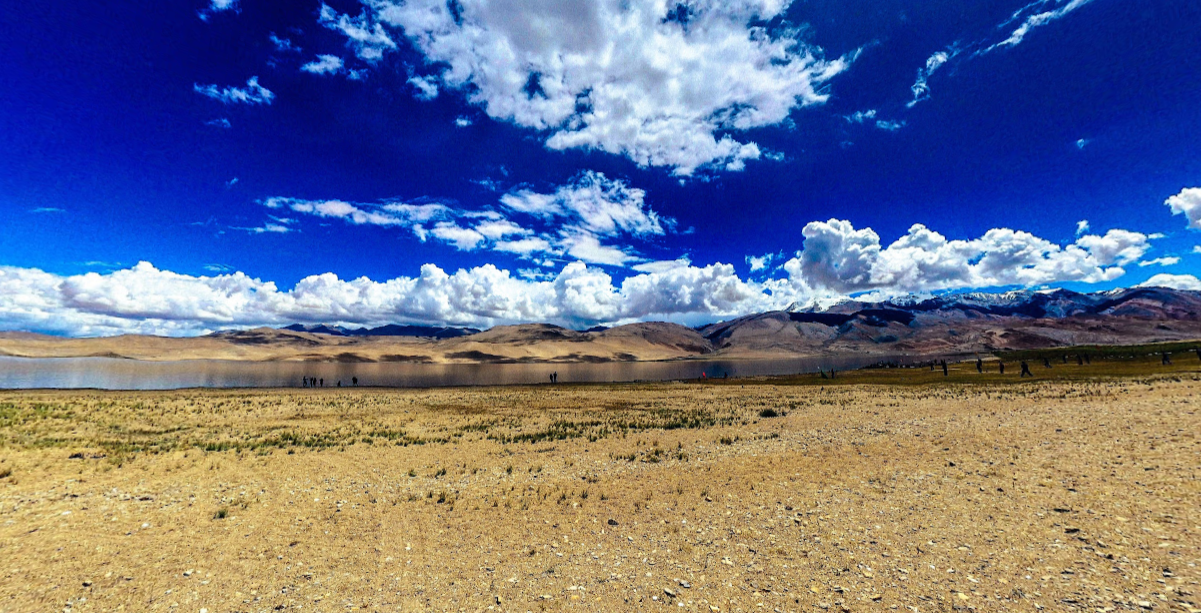
- Altitude: 4,522 meters (14,836 ft)
- Location: Ladakh (Union Territory)
- Key Features:
- Largest high-altitude lake in India.
- Home to endangered species like the Black-necked Crane and Tibetan Wild Ass (Kiang).
- Surrounded by snow-capped mountains, offering breathtaking views.
2. Tsomoriri Wetland Conservation Reserve (Part of Tso Moriri)
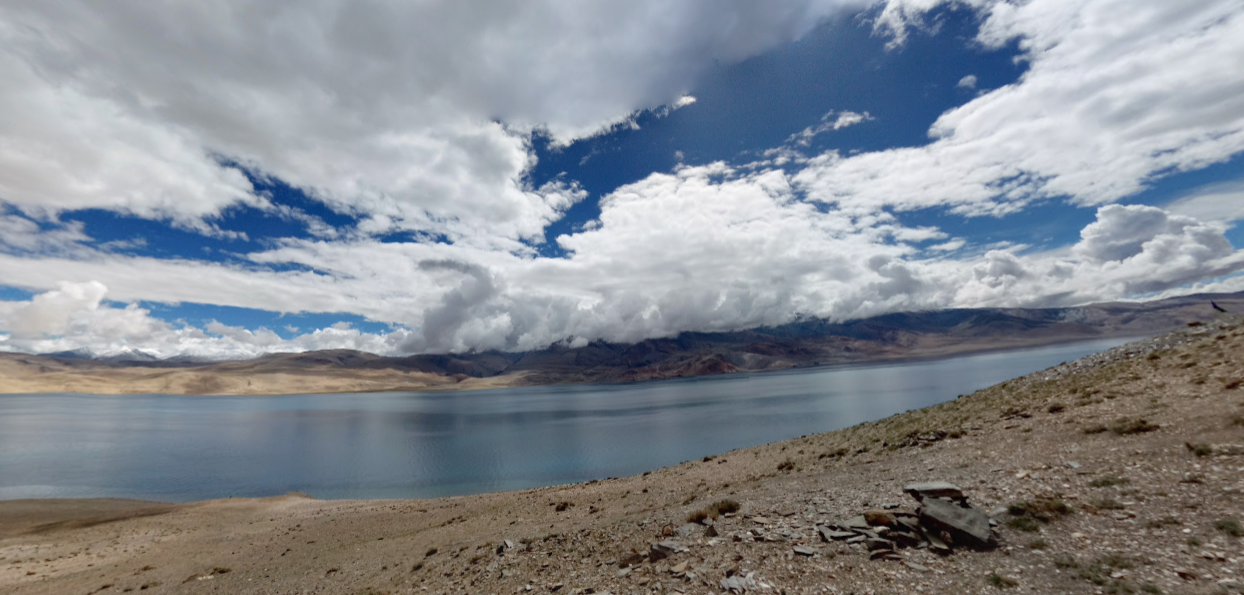
- Altitude: 4,522 meters (14,836 ft)
- Location: Ladakh
- Key Features:
- A designated Conservation Reserve under the Wildlife Protection Act.
- Supports migratory birds like Bar-headed Geese and Brahminy Ducks.
3. Pangong Tso (Ramsar Site No. 2422)
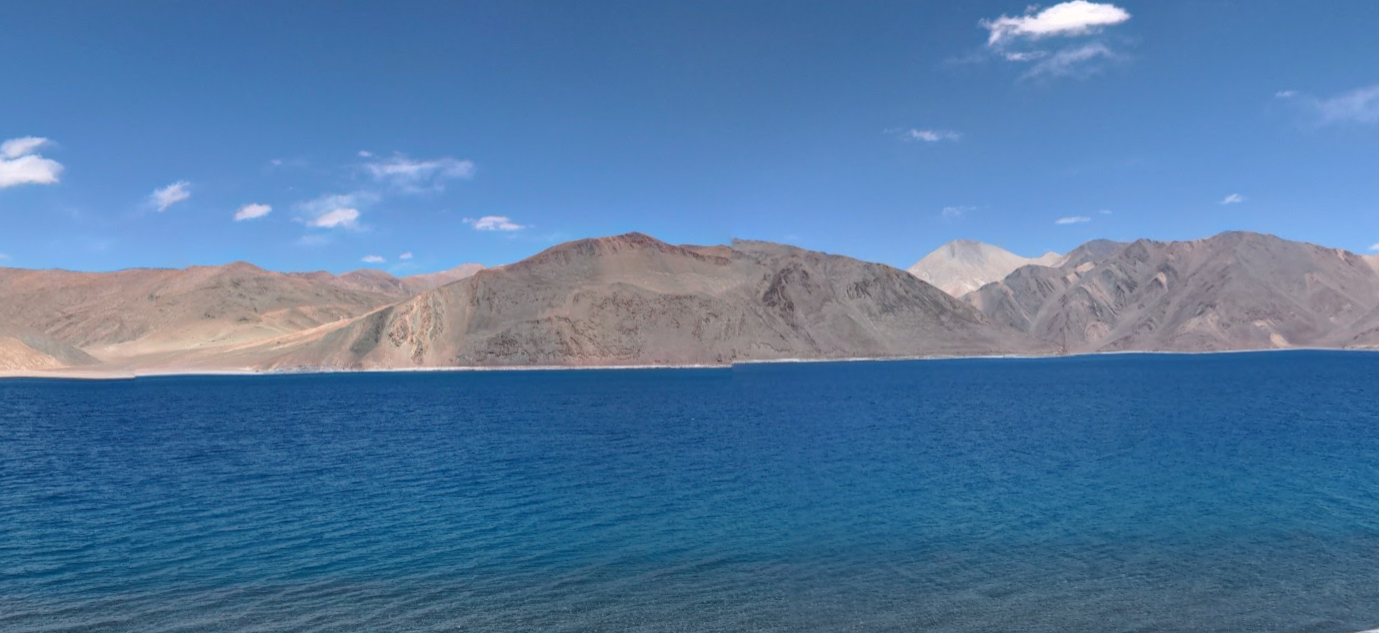
- Altitude: 4,250 meters (13,940 ft)
- Location: Ladakh (India) & Tibet (China)
- Key Features:
- Famous for its changing blue hues and scenic beauty.
- A brackish water lake that freezes in winter.
- Featured in the Bollywood movie 3 Idiots.
4. Chandertal Wetland (Ramsar Site No. 2409)
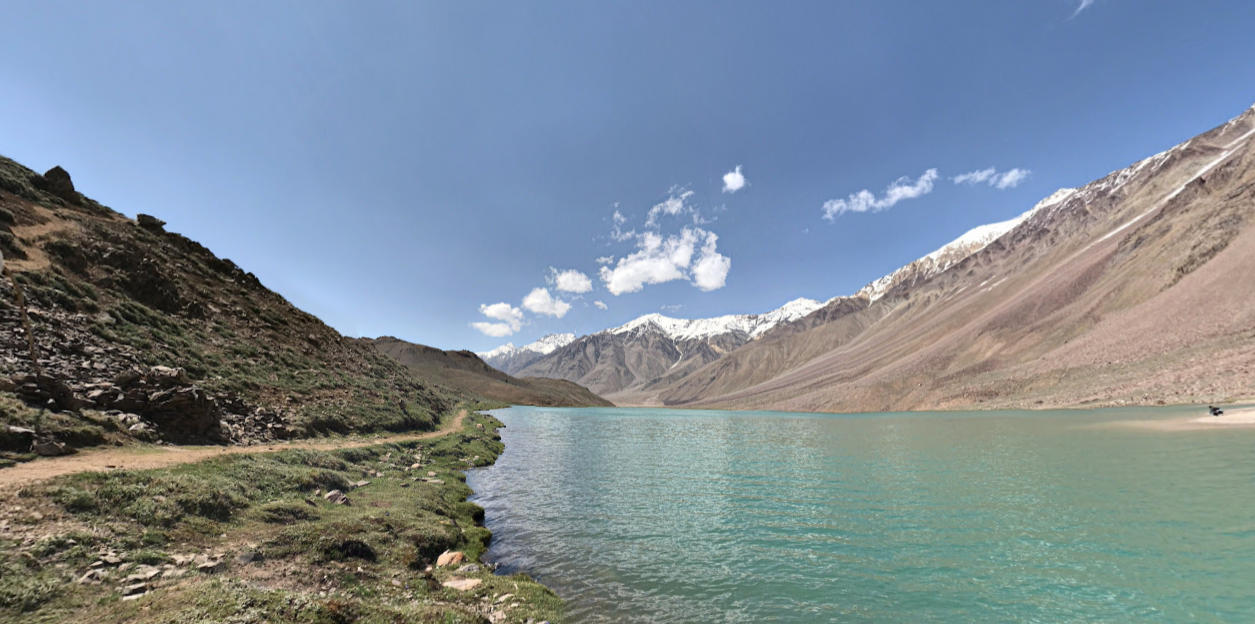
- Altitude: 4,300 meters (14,100 ft)
- Location: Himachal Pradesh (Spiti Valley)
- Key Features:
- Known as the "Moon Lake" due to its crescent shape.
- Part of the Lahaul & Spiti Cold Desert Biosphere Reserve.
- Important stopover for migratory birds.
- Trekking Connection:The famous Hampta Pass Trek (4,270 m) connects Kullu Valley to Chandertal, offering trekkers a dramatic landscape shift from lush green valleys to stark, high-altitude desert.
- Many trekkers end their Hampta Pass journey at Chandertal, making it a popular camping spot.
5. Suraj Tal (Near Baralacha La Pass)
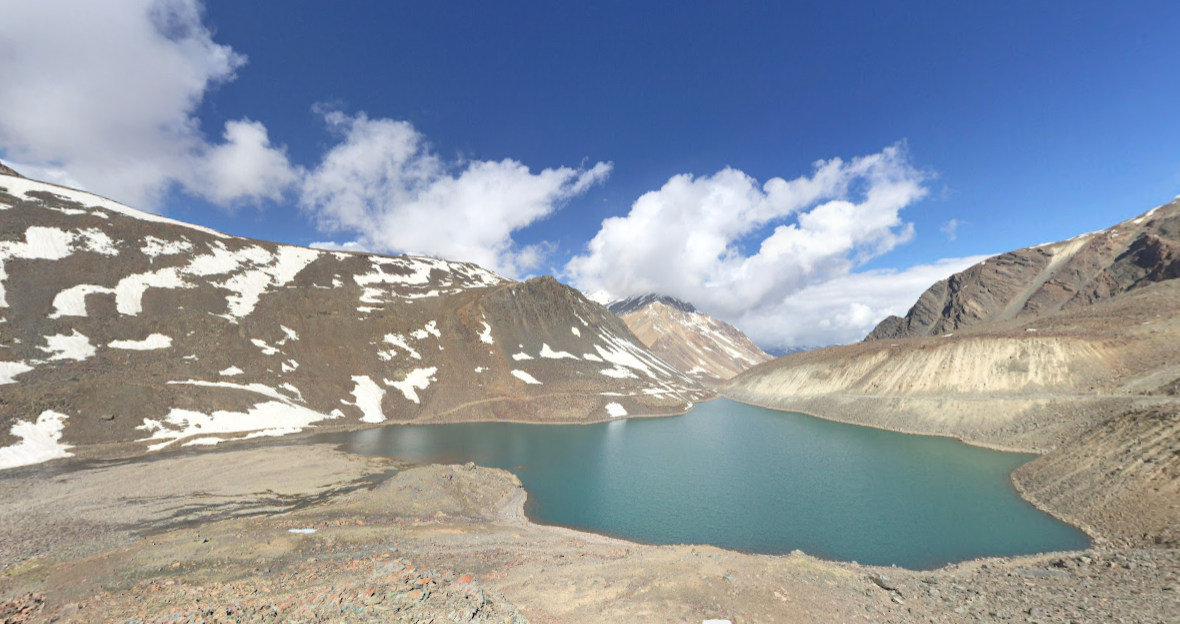
- Altitude: 4,883 meters (16,020 ft) (Note: Not yet a Ramsar site but one of India’s highest lakes)
- Location: Himachal Pradesh
- Key Features:
- Third-highest lake in India.
- Source of the Bhaga River, a tributary of the Chenab.
Why Are These High-Altitude Wetlands Important?
- Biodiversity Hotspots: Host rare flora and fauna adapted to extreme conditions.
- Water Sources: Feed major Himalayan rivers.
- Carbon Sinks: Help regulate climate by storing carbon.
- Tourism & Livelihood: Support eco-tourism and local communities.
Conservation Challenges
- Climate change leading to glacial melt.
- Unregulated tourism causing pollution.
- Overgrazing by livestock affecting fragile ecosystems.
Final Thoughts
India’s high-altitude Ramsar wetlands are not just scenic wonders but also crucial ecosystems. Chandertal Lake, linked with the thrilling Hampta Pass Trek, is a must-visit for adventure lovers and nature enthusiasts alike.
Written By:
VAIBHAV SHARMA



Hotels at your convenience
Now choose your stay according to your preference. From finding a place for your dream destination or a mere weekend getaway to business accommodations or brief stay, we have got you covered. Explore hotels as per your mood.





